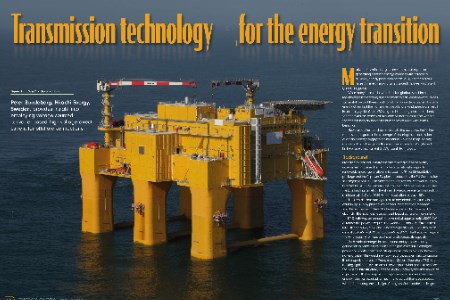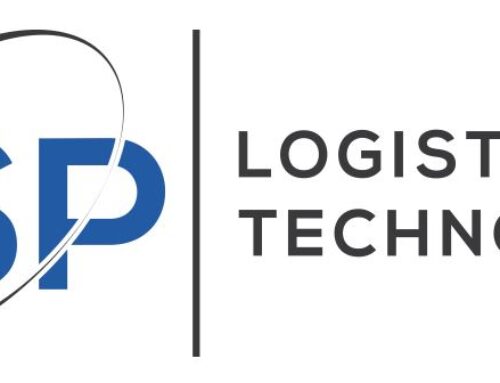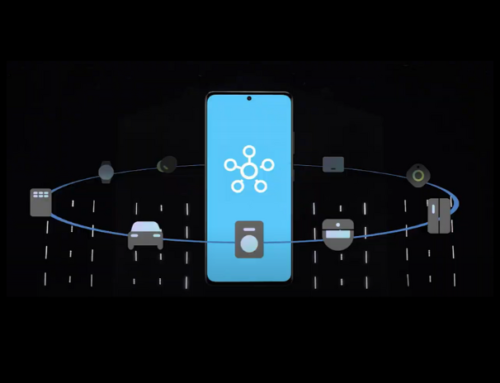Motivated by minimizing the environmental impact of electrical energy generation and increasing demand, energy producers continually seek to exploit more of the earth's natural resources to obtain additional generated power. doing.
In many parts of the world, the sun shines brightly, while in others there is always strong wind. Wind turbines take advantage of these conditions to produce clean, sustainable energy. Given the high average speed of offshore wind power, which can provide up to 70% higher energy yields than those produced on land, and the lack of available onshore land, the number of offshore wind farms is currently increasing. No wonder it's on the rise. Under construction.
However, because land near the coast is occupied, securing a stable energy supply to the mainland becomes an issue the farther offshore you are. This challenge is solved by Hitachi Energy's Voltage Source Converter (VSC)-based High Voltage Direct Current (HVDC) Light.® technology.
background
Driven by political initiatives in different parts of the world, governments are setting ambitious targets for renewable energy generation. In Europe, the 'Fit for 55' legislative package introduced by the European Commission and the Repowering EU plan have set targets for all 27 member states. The revised Renewable Energy Directive EU/2023/2413, which entered into force on 20 November 2023, increases the EU's binding target for the share of renewable energy sources to a minimum of 42.5% by 2030, with the target We aim to reach 45%.
The UK's net zero strategy aims to decarbonize the country's electricity by 2035, with a focus on low carbon investment to achieve net zero. Increasing global electricity demand, the need to phase out fossil fuel generation and maintain a 1.5°C pathway will require approximately 1,000 GW of renewable electricity deployment per year between 2023 and 2050 is.1 In terms of offshore wind power, global installed capacity should reach almost 500 GW by 2030 and 2,500 GW by 2050.1 To achieve this goal, the wind power industry will need to make huge investments and increase its capacity.
These fundamental changes in the amount and type of generation injected into new nodes in the grid will change the flow of power both in terms of ratings and routes within and between national grids. It will be. If this is not properly addressed, persistent grid congestion will inevitably occur. Transmission system operators (TSOs) are making significant investments in new transmission assets to strengthen existing infrastructure and build a strong grid that can withstand future power system dynamics. The energy transition required to achieve the goals at the required rate will lead to a complete redesign of the grid. Challenges that need to be addressed include complex permitting procedures, a lack of skilled labor, local opposition to new mega-projects, and access to needed funding.
As a result of these demands, the number of HVDC transmission systems is increasing at an unprecedented scale. Over the years, HVDC has proven to be a cost-effective solution for integrating large-scale offshore wind power. If wind farm developers are looking together for areas with shallow water for better wind protection, the distance from the onshore connection point to the wind farm site tends to be longer. The combination of high power, long distances, and sometimes weak connection points makes HVDC power transmission optimal, providing excellent grid support and flexibility while maintaining low operating losses and high availability.
In addition to integrating offshore wind power, HVDC is the technology of choice when connecting different markets over long distances or enhancing existing AC power grids. Additionally, in some cases, HVDC technology can be used to connect underground power cables even over long distances when power transmission corridors are planned to minimize negative environmental impacts and protect nature and landscapes. It plays a vital role in enabling its use.
Technical developments in VSC technology and extruded HVDC cable technology have been intense over the past 25 years. Increased power and voltage capabilities are enabling new applications for VSC-based HVDC systems, and future scenarios suggest that VSC technology will be further developed to meet new and demanding challenges. I am.
HVDC VSC technology development
More than 25 years have passed since the first pioneering VSC-based HVDC system was installed near Hitachi Energy's HVDC unit in Sweden. Capable of transmitting 3 MW at ±10 kV DC, this generator marked the beginning of a new era of power transmission technology, enabling in particular the significant expansion of offshore wind power seen today. To date, the development of VSC technology has primarily focused on reducing losses, footprint, and improving reliability, power capacity, and voltage levels to create a more sustainable and cost-optimized solution. has been placed. Many features essential to meeting today's requirements were available from the start, including independent active and reactive power control, black start, and more.
Hitachi Energy developed today's multi-modular converter (MMC) topology based on experience with previous designs. The first generation of his VSC technology was built around a two-level converter using high switching frequency pulse width modulation (PWM). The next step was to increase the power and voltage ratings with high current insulated gate bipolar transistors (IGBTs) in a three-level converter configuration. By changing the topology, the switching frequency can be lowered and at the same time the harmonic content can be reduced, thereby reducing the number of filters.
The third generation of VSC technology was already introduced in 2005 and returned to a two-level converter topology, but with an optimized PWM switching pattern. We reduced the number of IGBTs while keeping losses at the same level and maintaining low harmonic generation. This results in a compact design and reduced footprint, making it particularly suitable for offshore wind power applications.
Cascaded two-level (CTL) converters were introduced in 2010 with a design based on cells (modules), each containing a half-bridge two-level converter. To further improve DC voltage, power capacity, reliability, and reduce losses and footprint, CTL was further evolved into MMC (Figure 2). The semiconductor voltage rating of MMC is approximately 5.2 kV, which results in smaller voltage steps and less voltage and current distortion than CTL converters. Improved topology reduces switching frequency and increases output voltage. Therefore, the converter losses were further reduced. It was also possible to reduce the footprint by utilizing an optimized mechanical design and bimode insulated gate transistors (BIGTs), which combine IGBT and diode functionality in the same chip.
Today's VSC and cable solutions take the next step in both voltage and power. With a DC current rating of approximately 3 kA, it is possible to design an HVDC station capable of transmitting approximately 3 GW in a bipolar configuration of ± 525 kV. These larger systems can be expected primarily with overhead lines. For cable connections, the current is often limited to around 2 kA depending on soil and seabed conditions. These assessments are approaching a level where they can have a significant impact on the power grid and require careful consideration of all possible aspects of grid resilience. In many parts of the world, caps may be placed on these power levels due to the potentially severe consequences in the event of a failure leading to an HVDC trip.
Offshore HVDC development and experience
For more than 20 years, the offshore wind industry has provided flexible, resilient and sustainable energy. The Global Offshore Wind Energy Outlook estimates that 380 GW of offshore wind power will be installed in more than 30 countries over the next 10 years.2 Driven by political ambition and commitment, large-scale integration programs are spreading across every continent of the world, contributing to the transition to green energy.
The world's first offshore wind connection with HVDC VSC technology was commissioned in German Bay in 2009, connecting 400 MW of offshore wind to the German mainland power grid.3 At that time, wind farms were connected to the AC collector platform by a 33 kV inter-array cable network. After boosting the AC voltage to 155kV, the energy was sent to an HVDC station on another platform, where the AC voltage was converted to ±150kV DC and further transmitted to the mainland power grid.
Did you enjoy what you read so far? Read the full article and the rest in the Spring issue energy global Why not follow the link or below, or register for free today?
For more news and technical articles about the global renewable industry, check out the latest issue of Energy Global magazine.
Energy Global Spring 2024 issue
Energy Global's Spring 2024 issue features Mr. Field's discussion of how battery storage sites can serve as a viable solution to energy reduction, before moving on to a regional report by Théodore Reed-Martin, Energy Global's editorial assistant. It begins with guest comments. Current status of renewable energy in Europe. This issue also includes a series of technical articles on electrical infrastructure, turbine and blade monitoring, battery storage technology, coatings, and more.
The article is available online: https://www.energyglobal.com/special-reports/18042024/transmission-technology-for-the-energy-transition/





